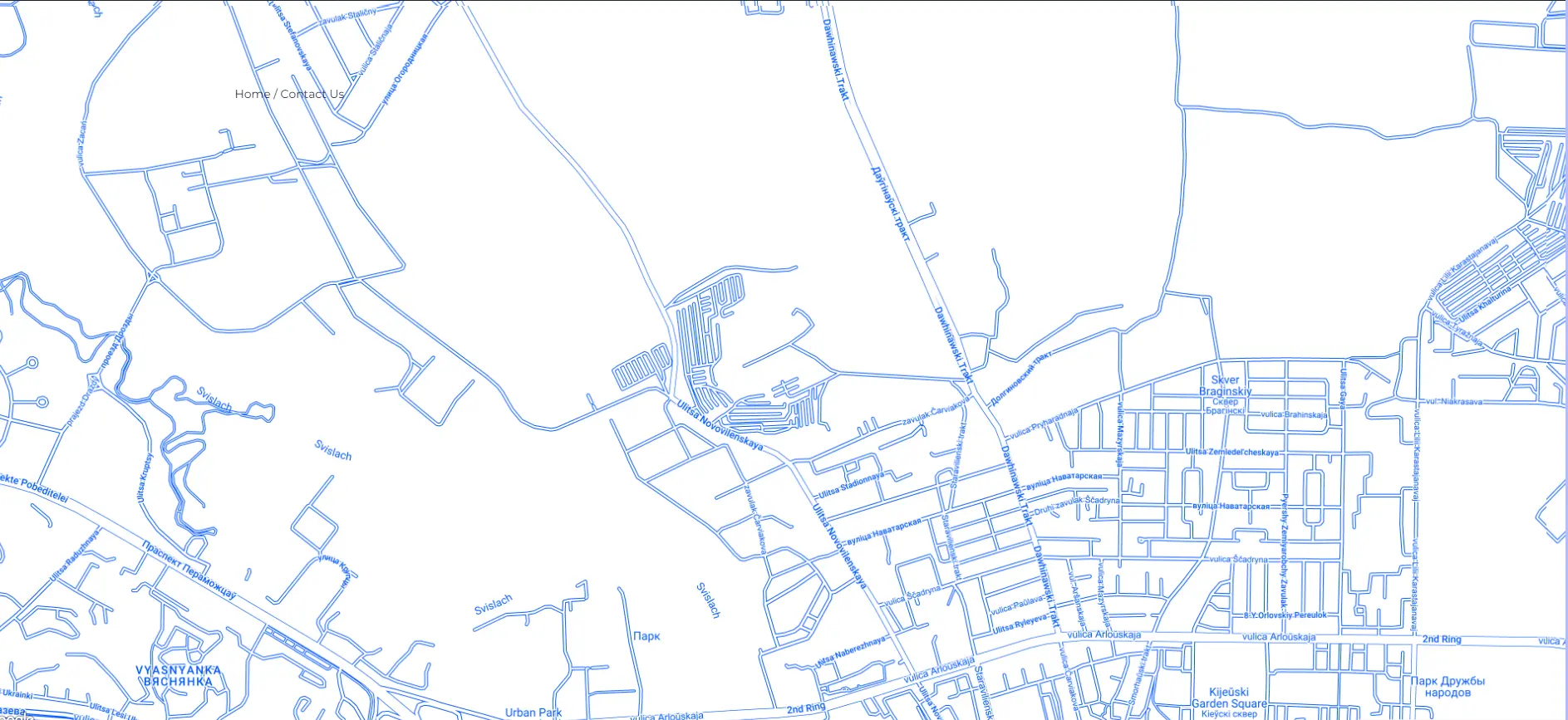Demand for Payment of a Debt
Table of Contents
Receiving a demand for payment of a debt is a situation that can confront both businesses and private individuals. Such a document should not be ignored: it is often the first step toward litigation. How and within what timeframe you respond to the demand affects not only the outcome of a potential dispute, but also the company’s reputation, relationships with counterparties, and even the likelihood of financial losses.
In practice many people make mistakes: they reply emotionally, acknowledge the debt without analysing the circumstances, miss the deadline for responding, or fail to respond at all. All of this can work against the debtor, especially if the dispute proceeds to court.
In this article we will examine what is important to consider when preparing a reply to a demand for payment of a debt, which documents and pieces of evidence should be attached, when it is sensible to enter negotiations and when to contest the claim. We will also provide practical recommendations to help minimise risks and protect your interests already at the pre-trial stage.
What it means to receive a demand for payment of a debt
Receiving a demand from a counterparty is not just a formality; it signals that your partner believes contractual obligations have been breached and is ready to pursue enforcement of its claims. A demand is an official pre-trial document that sets out the substance of the dispute: the amount of the debt, the basis for its recovery, and the period within which the counterparty proposes to resolve the matter voluntarily.
Why a demand is sent and what legal force it has
Sending a demand is one method of pre-trial dispute resolution and demonstrates a party’s intention to settle the matter without going to court. For the claimant it is an opportunity to confirm compliance with any mandatory pre-claim procedures; for the debtor it is a chance to resolve the conflict amicably and avoid court costs. A demand records the claimant’s position and is often used later as evidence in litigation.
Why it is important to respond even if you disagree with the claim
Ignoring a demand may be perceived as refusal to engage constructively and unwillingness to resolve the dispute. Silence can also accelerate court proceedings, leaving the defendant’s position less prepared. Even if you completely disagree with the asserted claims, you should send a reasoned reply: set out your objections, provide supporting evidence, and indicate a willingness to negotiate. This will strengthen your reputation as a conscientious partner and help build an argued defence.
How to determine whether the demand is lawful and properly drafted
Before responding, it is important to ensure the document is properly prepared. A demand can be considered lawful if it contains: the parties’ details, the amount and basis of the debt, references to the contract and supporting documents, and a deadline for response. Pay attention to who the demand is sent on behalf of, whether it bears the signature of an authorised person, and whether adequate contact details are provided. Errors or the absence of key information may indicate that the demand lacks sufficient legal force, which can be used when forming your position in the reply.
A competent analysis of the demand received makes it possible to understand how well-founded the counterparty’s claims are and to choose the right strategy going forward, from negotiations to preparing a pre-trial reply or defending your interests in court.
Initial analysis of the demand
After receiving a demand you should not immediately draft a reply, first carry out a thorough initial analysis. How careful you are at this stage determines the correctness of subsequent steps and the strength of your legal position.
Step 1. Verify the counterparty, the amount and the grounds for the debt
The first thing to do is ensure the demand is addressed to your company and signed by an authorised person. Check the sender’s details: name, registration number, and the authority of the person who signed the document. Next, analyse the claimed amount of debt, does it match calculations under the contract; does it include penalties, fines or interest? Pay special attention to the grounds for the debt: does the claim conform to the contract terms; has the counterparty fulfilled its obligations in full; is there confirmation of delivery, provision of services, or payment?
Step 2. Assess time limits for bringing claims
It is also important to determine whether the claim was made within applicable time limits. Sometimes a counterparty sends a demand long after completion of the transaction, when the limitation period has already expired. In such cases the debt may be recorded formally, but the legal basis for recovery is absent. Also note the deadline for response stated in the demand: if it is unrealistically short, record this fact in writing to avoid accusations of failing to observe the complaint procedure.
Step 3. Analyse the documents the claimant relies on
The demand should be accompanied by copies of documents that corroborate the facts set out: the contract, acceptance certificates, delivery notes, invoices, correspondence. It is important to check their authenticity, the presence of signatures and stamps, and correct execution. Sometimes a counterparty refers to documents you did not sign or did not receive. Such discrepancies can be used as arguments when preparing objections.
The initial analysis helps assess how well-founded the claim is and determine a defence strategy: admit the debt partially, prepare counterclaims, or contest the demand entirely. A properly performed check prevents hasty decisions and builds a position that can withstand not only pre-trial but also court scrutiny.
Preparing a Reasoned Response
Once the demand has been thoroughly analysed, the key stage begins, drafting a written response. The quality of this document determines whether the company can resolve the dispute at the pre-trial stage and avoid litigation costs. The response must be legally sound, logical, and formally correct even if the counterparty’s claims appear unfounded.
How to structure your response: from a polite introduction to conclusions
Begin your letter with a polite introduction confirming receipt of the demand, including its date and reference number. Then briefly summarise the substance of the claims to demonstrate that you have carefully reviewed the contents.
The main section should present the company’s position on each point of the demand supported by clear arguments, references to the contract, correspondence, work acceptance certificates, payment documents, and other evidence. The tone should remain calm and businesslike, avoiding emotional or evaluative language.
In the conclusion, clearly state your final position: full agreement, partial recognition, or complete objection to the claims. Regardless of the outcome, it is advisable to emphasise your readiness for dialogue and pre-trial settlement; this demonstrates good faith and can work in your favour if the matter later proceeds to court.
When to acknowledge part of the debt and when to dispute it entirely
If your analysis reveals valid claims (for example, an unpaid invoice or a calculation error), it is better to acknowledge that portion of the debt and propose a settlement procedure or make the payment to the indicated account. This approach reduces the risk of penalties and helps preserve business relationships.
However, if the demand is based on questionable grounds, contains inaccurate amounts, or violates contractual terms, it makes sense to dispute it fully. In this case, set out your counterarguments clearly, supported by facts and references to specific contract clauses. Avoid vague statements such as “we disagree”; they carry no evidentiary weight.
What documents and evidence to attach
To make your position persuasive, attach supporting documents to your response, such as:
- Copies of contracts, acceptance certificates, and payment orders.
- Extracts from correspondence with the counterparty.
- Internal reports or memoranda confirming fulfilment of obligations.
- Other documents proving the absence of debt or breaches.
All attachments should be numbered and referenced in the body of the letter. If the documents are extensive, include brief comments indicating what each one proves.
A well-prepared, reasoned response not only helps defend the company’s interests but also demonstrates professionalism and respect for business ethics. Even if the dispute proceeds to court, a properly drafted reply serves as strong evidence of your good faith and due diligence.
Deadlines and Procedure for Sending a Response
A timely and properly executed response to a demand is an essential part of pre-trial settlement. It allows the company to demonstrate good faith and prevents the risk of claims being deemed “silently accepted.”
Optimal timeframe for response
The general period for responding to a demand is no more than 30 calendar days from the date of receipt, unless otherwise stipulated by the contract. Delaying the response can be interpreted as refusal to engage or tacit acknowledgment of the debt.
The optimal timeframe is 10–15 days, which is usually sufficient to analyse the documents, consult with a lawyer, and prepare a reasoned position. If additional verification is needed, notify the counterparty that the response will be provided later, specifying a new date.
Form and delivery methods
The response should be in written form, on the company’s letterhead, signed by an authorised representative and sealed (if the company uses a seal). The document must include all required details: reference number and date, parties’ information, summary of the demand, and the company’s position.
Common delivery methods include:
- Registered mail with return receipt — the most reliable way to confirm dispatch and delivery.
- Email, if the parties officially use it for correspondence and this is stated in the contract.
- In person against a receipt, if the counterparty is located in the same city.
Regardless of the method, always retain a copy of the letter and evidence of delivery.
Why it’s important to document the sending and receipt of your response
In the event of litigation, proof that the company received and responded to the demand demonstrates that it did not avoid pre-trial settlement and took reasonable steps to resolve the conflict.
If sent by registered mail, keep the postal receipt and delivery confirmation. For email correspondence, save digital evidence, delivery reports or emails confirming receipt.
In short, adhering to deadlines and properly documenting the dispatch of your response is not a mere formality; it’s a vital part of protecting the company’s interests. This approach reflects professionalism and procedural discipline, increasing the chances of resolving the dispute amicably and avoiding court.
When to Seek Legal Assistance
Not every demand requires immediate involvement of a lawyer, but in many cases, professional legal support becomes the decisive factor in protecting the company’s interests. Mistakes made in the response or an incorrect assessment of the situation can lead to financial losses, reputational risks, and litigation costs.
Signs of complex or potentially contentious situations
Consulting a lawyer is essential when:
- The demand involves a significant amount or could potentially result in court proceedings.
- The documents referenced by the counterparty contain contradictions or inaccurate information.
- The demand includes threats of debt recovery through court, arbitration, or law enforcement agencies.
- The company is uncertain about the accuracy of its own contracts, invoices, or primary documents.
- The counterparty is based in another country, and the matter requires consideration of international law.
In all these situations, acting independently without professional legal support can worsen the company’s position.
How a professional legal approach helps
A lawyer conducts a comprehensive analysis of the case: reviews the demand, contract, and correspondence, assesses the evidence, and prepares a reasoned response that minimises the risk of escalation.
A qualified specialist will help to:
- Identify legal grounds for rejecting or partially recognising the claim.
- Formulate the company’s position clearly and correctly in writing.
- Anticipate possible legal consequences and prepare for potential litigation.
- Propose settlement options, including negotiations or an amicable agreement.
How legal support helps avoid litigation costs
A well-drafted legal response often allows the dispute to be resolved at an early stage, avoiding court proceedings altogether. A strong, well-reasoned position demonstrates to the counterparty that the company takes the matter seriously and discourages unfounded claims.
Additionally, legal assistance helps to:
- Reduce time and internal costs related to document review and correspondence.
- Avoid wording mistakes that could later be used against the company.
- Develop a sound defence strategy, should the dispute proceed to court.
Thus, seeking legal assistance when dealing with demands is not an unnecessary expense; it is an investment in business security. Professional support helps build a reasoned defence, maintain reputation, and prevent financial losses.
Conclusion
Receiving a demand for payment of a debt is not a mere formality; it is a sign of a potential conflict that requires careful and competent handling. The way a company responds to such a demand affects not only the outcome of the specific dispute, but also its business reputation and relationships with partners.
Even if the claim seems unfounded, it should never be ignored. A well-prepared, evidence-based response supported by legal arguments often allows the issue to be resolved without litigation, saving time and resources.
If your situation requires professional intervention, AMBY Legal is ready to assist from drafting a reasoned response and analysing documents to assessing litigation prospects and developing an optimal defence strategy.
We support clients at every stage of dispute resolution from pre-trial negotiations to full legal representation in court. The AMBY Legal team has extensive experience handling commercial claims, debt obligations, and business disputes, allowing us to effectively protect the interests of both Belarusian and international companies.
If you’ve received a demand and are unsure how to respond, don’t delay — contact us. We will help you defend your rights, reduce risks, and preserve your business relationships.
Contact us
If you have any questions related to the receipt of a demand for payment of a debt in Belarus, we will be happy to help! Our long-term experience will help you choose a lawyer to represent your interests.
- +37529142-27-19 (WhatsApp, Viber, Telegram);
- info@ambylegal.by.




